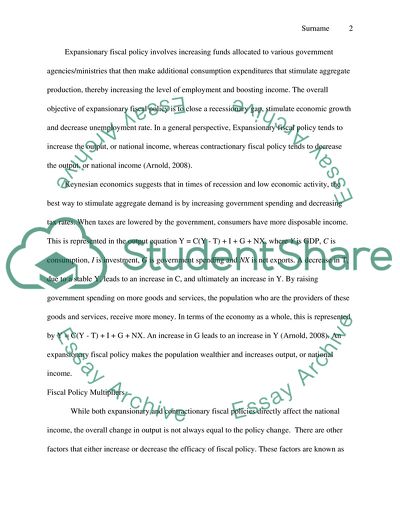Cite this document
(Fiscal Policy on Government Purchases Research Paper, n.d.)
Fiscal Policy on Government Purchases Research Paper. https://studentshare.org/politics/1741005-fiscal-policy-on-government-purchases
Fiscal Policy on Government Purchases Research Paper. https://studentshare.org/politics/1741005-fiscal-policy-on-government-purchases
(Fiscal Policy on Government Purchases Research Paper)
Fiscal Policy on Government Purchases Research Paper. https://studentshare.org/politics/1741005-fiscal-policy-on-government-purchases.
Fiscal Policy on Government Purchases Research Paper. https://studentshare.org/politics/1741005-fiscal-policy-on-government-purchases.
“Fiscal Policy on Government Purchases Research Paper”. https://studentshare.org/politics/1741005-fiscal-policy-on-government-purchases.


